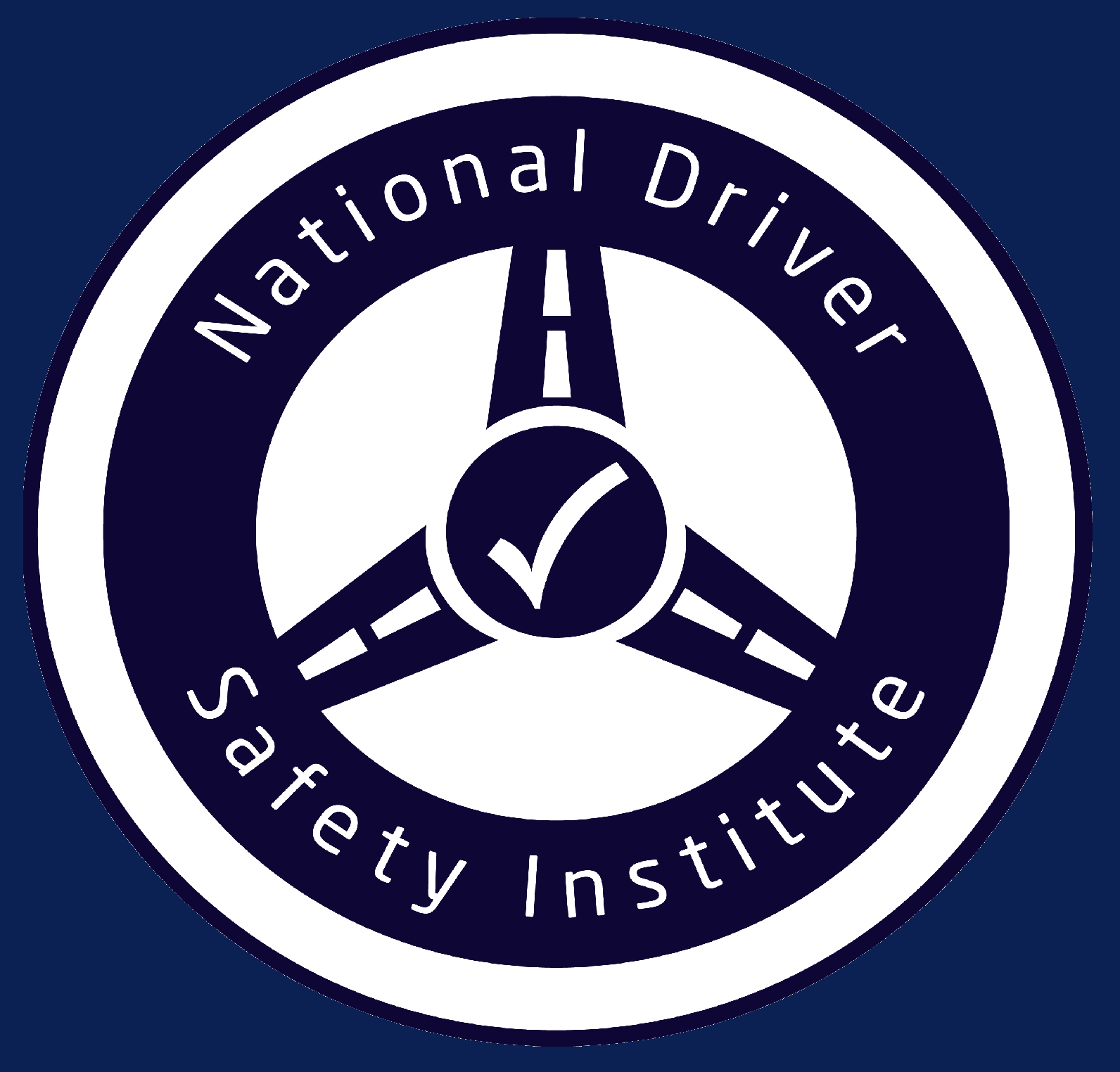
Driving while distracted has grown into one of the leading causes of traffic accidents! Smart phone use, texting, calling, eating, drinking, adjusting vehicle controls… all can kill!
Distracted driving has become one of the major causes of accidents and vehicle related injuries. In fact, around 25% of accident fatalities are due to distracted driving. There is no denying that driving, by nature, is extremely demanding and requires a driver’s undivided attention. Yet despite this plain reality, most drivers continue to consistently engage in distracting behavior while driving!

Once you feel you are an experienced driver, you get comfortable when it comes to shifting your attention while driving. That also means your attention can divert due to numerous distractions, making you feel you can handle your vehicle, whether it is on an empty road or a crowded street. When lacking a firm foundation of defensive driving skills and a learned approach to the maintenance of situational awareness the increased comfort that experience brings can often be disastrous.
No matter how much driving experience you have, if you get distracted while driving, the risk of an accident is exponentially higher. That is why knowing what distracted driving is and the risks associated with it have paramount importance.
What is Distracted Driving?
According to the Traffic Safety Bureau, distracted driving refers to any activity that diverts a driver’s attention from maintaining full situational awareness while physically operating a vehicles controls. From texting, talking, eating, drinking to fiddling with a car’s navigation system, anything that takes a driver’s attention away from safe driving is included in distracted driving.
The National Highway Traffic Safety Administration (NHTSA) reported that these non-driving activities potentially increase the risk of car crashes. In 2017, 3,450 people lost their lives because of reckless drivers, most of them distracted in one manner or another.
When it comes to understanding the causes of distracted driving, the best way is to divide them in three broad categories, which are:
o Cognitive
o Manual
o Visual
Manual Driving Distractions
These include actions you may engage in that require the utilization of your hands along with mental efforts such as:
• Eating / Drinking
• Smoking
• Adjusting vehicle controls such as a radio, climate controls, mirrors ect.
• Adjusting your child’s seat belt
• Searching through your wallet, purse or your vehicles storage spaces
• Smoking
• Adjusting vehicle controls such as a radio, climate controls, mirrors ect.
• Adjusting your child’s seat belt
• Searching through your wallet, purse or your vehicles storage spaces
Cognitive Driving Distractions
These distractions lead you lose your focus and broad situational awareness resulting in a lack of preparedness when a dangerous situation develops.
• Daydreaming
• Road rage
• Talking
• Upsetting thoughts
• Drowsy driving
• Road rage
• Talking
• Upsetting thoughts
• Drowsy driving
Visual Distractions
This category mainly refers to engaging with technology that requires visual effort such as texting while driving, which is undeniably a dangerous habit. Looking at your phone while you are driving diverts your concentration from the road and other cars around you.


Texting is an alarming distraction that has drastically increased the potential for injuries and deaths in the past few years. It has developed as a primary risk factor on a level with speeding. Visual distractions can also include music playing devices, navigational aids and the use of other electronic devices that require both visual and manual effort.
Increase in Risks with Modern Driving Challenges
There is no doubt that increasing traffic congestion has become an inevitable condition in the growing metropolitan cities. Whether you live in Tokyo, Loss Angeles or Sao Paolo, traffic congestion seems like a natural part of how modern cities operate.
Traffic congestion is not the primary problem, but reckless commuters, and distracted drivers are. The National Center for Biotechnology Information NCBI concluded in one of its studies that distracted driving has contributed to a large proportion of vehicle crashes. A study further surfaced reporting that 32.4% drivers are often involved in some kind of distracting activity including dialing /texting, or other external distractions.
That means traffic density combined with distracted driving, especially in younger drivers, is a deadly combination. Not only has it increased fatal injuries among young drivers, but also the death toll of experienced drivers. Increased traffic congestion, when recognized by a driver resulting in increased focus on situational awareness can be dealt with safely. But dramatic traffic congestion combined with driver distractions is a recipe for disaster!

Impact of Smartphones and Texting on Distracted Driving
Smartphone and high-tech digital devices have shrunk the world and have made driving comparatively easier than it was before in some ways such as navigation. On the other hand, smartphones and text messaging use full keyboards that require the complete focus of the user that may compromise safety. The CDC reports that viewing a text message while driving creates an average distraction of focus from the road of 5 seconds. In that time when travelling at 60 miles per hour, a vehicle will travel 440 feet! Should a dangerous scenario develop during that space, the distracted driver will be completely incapable of responding correctly.
Due to that, distracted driving is considered an epidemic that claims thousands of innocent lives every year. That is to say, texting or talking while driving a vehicle can lead to crashes. The Transport Research Laboratory concludes that riders who use smartphones for texting while riding are at great risk of a collision.
The study further found that texting when you are driving is riskier than operating a vehicle under the influence of drugs. It elevates the risk of crash accidents 24 times higher as compared to non-distracted driving. The impact of smartphones on distracted driving is considerable when it comes to evaluating the number of road accidents and fatalities.
Bottom Line
All in all, distracted driving is one of the serious concerns that require a united effort from both drivers and governmental authorities to come up with suitable solutions.


